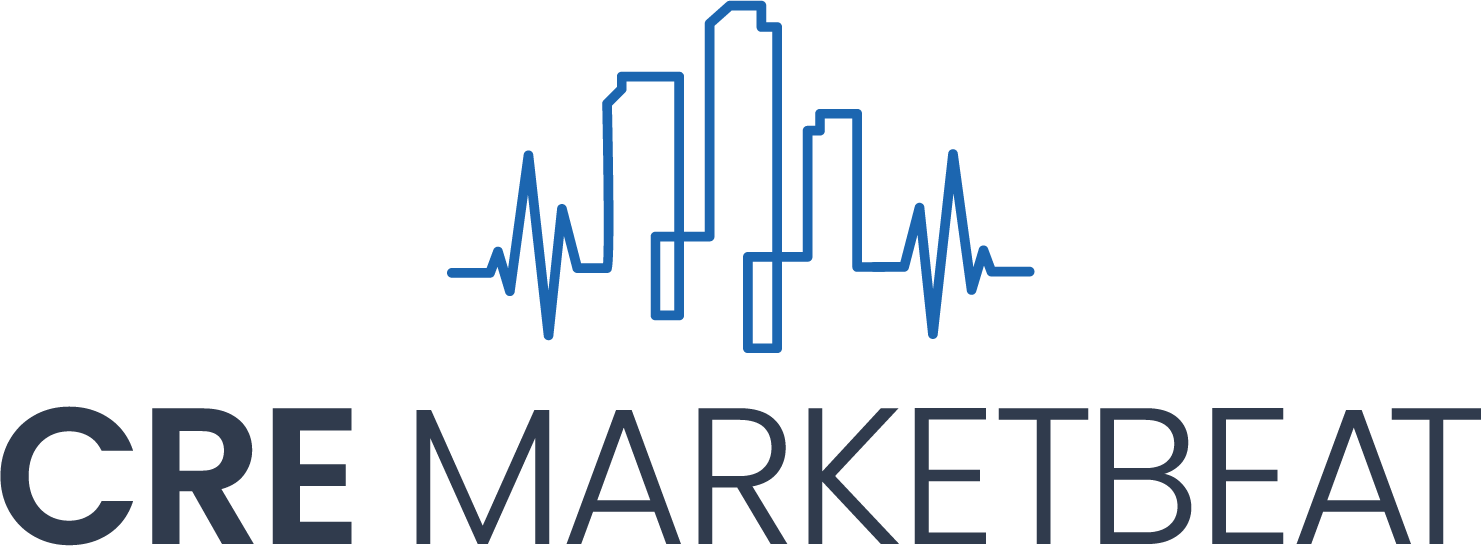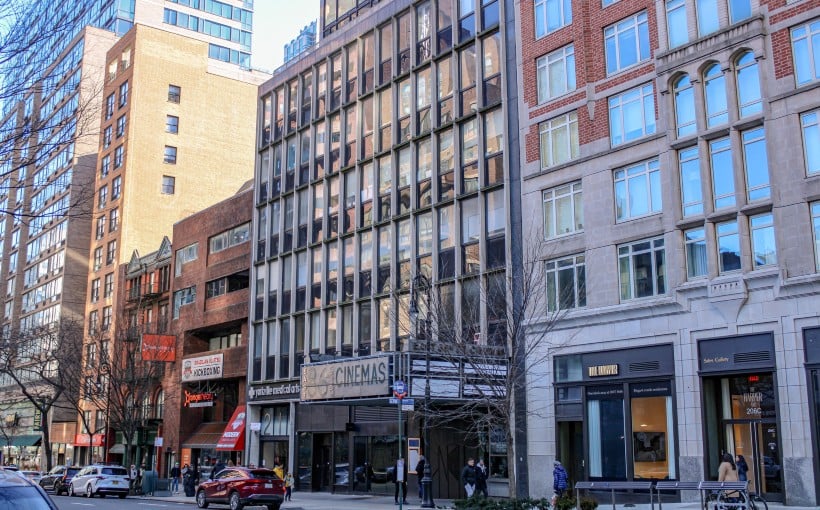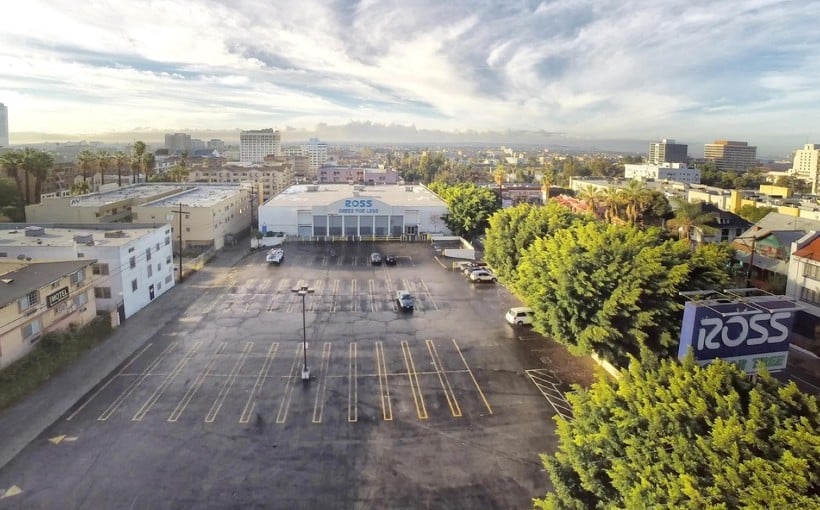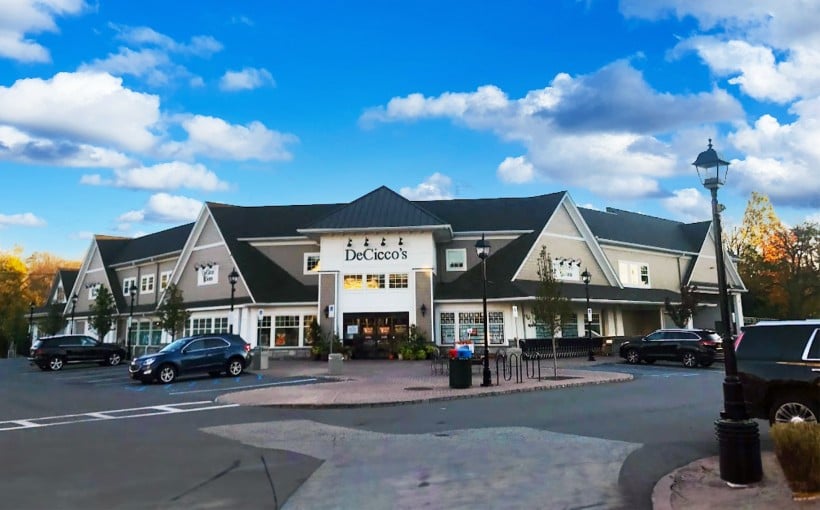Recent reports from CBRE and Matthews Real Estate Investment Services suggest that cap rates could increase later in 2023 due to higher borrowing costs and ongoing economic uncertainty. While this may be problematic for property owners and sellers, as it could lead to lower valuations, a property’s inability to generate substantial income or high vacancy rates, there are potential benefits of higher cap rates.
For one thing, they can mean lower purchase prices relative to net operating income (NOI), which can translate into a higher rate of return on investment for potential buyers. Additionally, the current market distress linked with high cap rates may make some properties more attractive opportunities for negotiation between buyers and sellers.
The CBRE report indicated that peak levels of increased cap rate activity should occur by the end of 2023 before beginning its decline next year; however there are steps investors can take now in order to combat these effects: increasing property income by raising rent or adding amenities; reducing expenses through better vendor contracts or cutting back on unnecessary costs; improving the condition through renovations or upgrades; repositioning if capital-intensive long-term solutions are available.
High cap rates shouldn’t be regarded as solely bad news – depending on context they could offer advantages such as increased ROI – but taking proactive steps towards improving NOI will help reduce them while simultaneously increasing values overall




